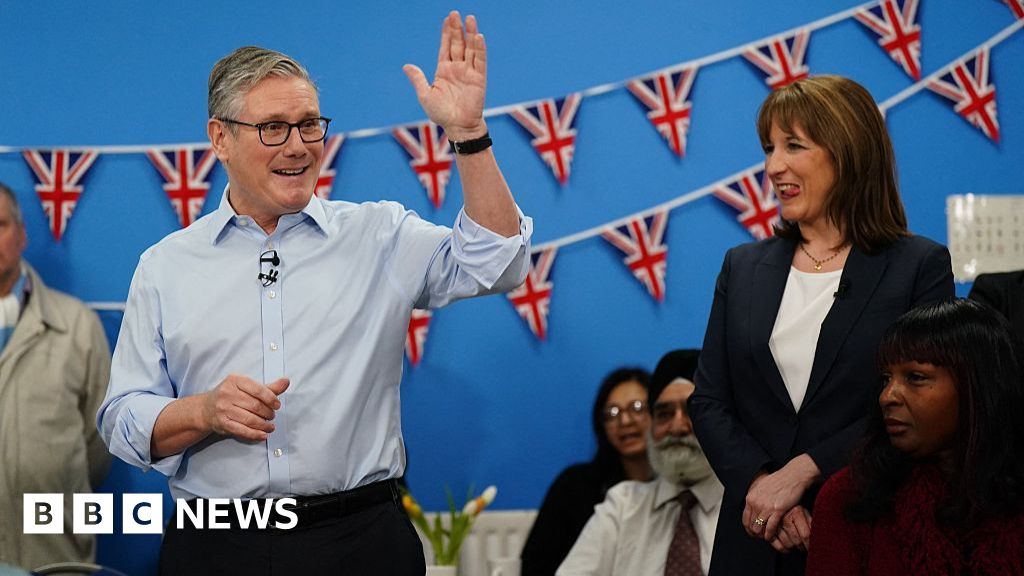Manchester Airport has defended itself after data revealed that it had the most delayed flights among major airports in the UK during the first half of 2025, with less than three-quarters of flights departing on time
Manchester Airport has defended itself, hitting back with a strong statement after it emerged that the travel hub was ranked as the worst major UK airport for flight delays so far this year.
A study of Civil Aviation Authority data compiled by AirAdvisor found that just 71.5 per cent of flights at the airport left on schedule during the first six months of 2025. The figure falls considerably short of the 77 per cent national average.
Manchester Airport, the biggest UK airport outside of London, has dismissed the data as “misleading to passengers”, arguing that numerous factors contribute to flight delays that are beyond the airport’s control. These include issues such as extreme weather, cabin crew shortages, inbound flight delays and air traffic control staffing.
Do you have a story to share? Email [email protected]
A Manchester Airport spokesperson said: “The punctuality of flights can be affected by a number of factors, most of which are outside of an airport’s control. These include inclement weather, airline crew shortages, delays to inbound flights, and even things like continental air traffic control issues including capacity restrictions and industrial action.
“As such, it is inherently misleading to passengers to imply a link between airports and delays – although periodically we do see companies doing this in order to promote themselves and sell particular products or services. In reality, passengers can feel assured that the vast majority of flights that leave Manchester Airport do so on time.”
In turn, the airport’s size and extensive route network can impact the figures for delayed flights, its spokesperson claimed. As Britain’s largest airport outside of London, Manchester serves more than 200 destinations worldwide, with many long-haul routes originating from destinations such as the Middle East and Asia.
These long-haul flights will depart from their home countries, fly into Manchester and then return. This means that if any delays occur at their point of origin, it creates a domino effect on Manchester’s timetable, which then appears in the CAA statistics.
Flight delays are further compounded by air traffic control staffing shortages across Europe, alongside airspace restrictions in Russia, the Middle East and Pakistan – all factors that are beyond the airport’s control, according to its spokesperson.
However, it’s not all bad news, as the statistics reveal progress compared to last year, when only 69.5 percent of Manchester Airport flights departed on time.
Following closely behind Manchester Airport in the charts is Birmingham International, with 72.5 per cent of flights leaving on time, while Stansted and Bournemouth Airports ranked a joint third with 73.5 per cent. The CAA, which gathers punctuality data from 25 UK airports, defines a flight as ‘on time’ if it departs from or arrives at the gate within 15 minutes of its scheduled time.
The top 10 worst major airports for delays in 2025, according to AirAdvisor, are as follows:
- Manchester – 71.5 per cent of flights were on time
- Birmingham International – 72.5 per cent
- Stansted and Bournemouth – 73.5 per cent
- Bristol – 74.5 per cent
- Teeside – 75 per cent
- Newcastle, Gatwick and Jersey – 75.5 per cent
- Exeter – 76 per cent
- Edinburgh – 76.5 per cent
- Southampton – 76.5 per cent
- Cardiff – 77.5 per cent
Do you have a travel story to share? Email [email protected]



